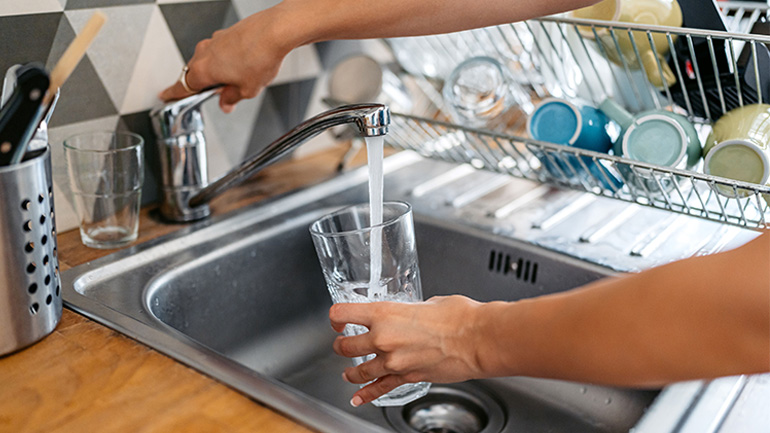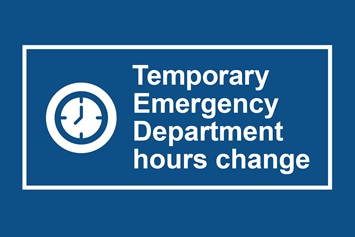
Did you drink enough fluids during the recent hot weather?
Fluids help to move nutrients, regulate blood pressure, cushion joints and even control your temperature. Staying hydrated can lower your risk of heat stroke and keep your body running smoothly.
Dehydration occurs when you lose more fluid than you take in. The best way to prevent dehydration is to keep water nearby and drink frequently.
Sip non-alcoholic drinks during meals. Add a splash of flavour with lemon or cucumber slices. Eat fluid-rich foods like watermelon, cucumber and tomatoes, and limit caffeine consumption when it's hot.
How much water is enough? Contrary to popular belief, you may not need eight glasses of water a day. Everyone’s needs are different. The key is to drink enough to avoid dehydration. Water is best.
Check your thirst - If you are thirsty or have a dry mouth, it is likely that you are not drinking enough. Aim to drink fluids often throughout the day.
Check your urine - If your urine is a dark yellow colour and has a strong smell, you may not be getting enough fluids. Urine that is light yellow usually means that you are drinking enough fluids. The amount of urine you make can also be a sign of your hydration status. If you do not make much urine throughout the day and it is dark in colour, you likely need more fluids.
Check your mood – Feeling lightheaded and tired, having trouble focusing or starting to get headaches could be signs that you are dehydrated.
Older adults may have a diminished sense of thirst and might not feel thirsty until they are dehydrated. Dehydration can lead to falls in older adults.
Bottom line: Drink fluids regularly, choose water often and listen to your body.


